This album of many bits of recordings, Travelogue [Bali], in many ways, seeks to honor the original artists and these fascinating spiritual communities, as well as create an interesting world house listen.
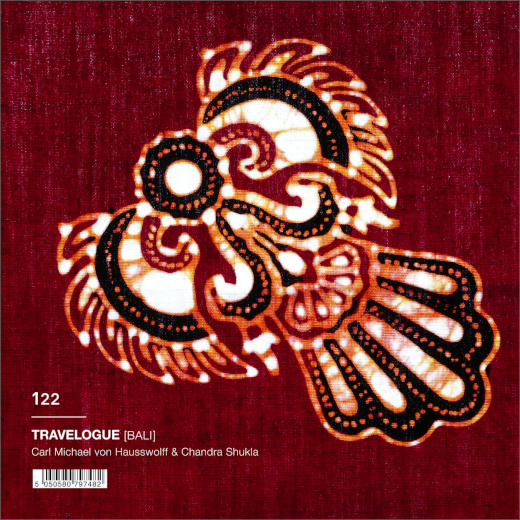
A strong atmosphere of mystical vibrations and drones
What I hear begins abruptly as an homage to the famous Balinese Monkey Chant (Kecak), from some original historic recordings, followed by extended ghostly variations on field recordings and studio recordings. The presentation here features interesting sounds and moments that in no way is an attempt to represent the full traditional performances, which I always recommend pursuing just because it all sounds so cool. Kecak is a form of Balinese Hindu dance and music drama that was developed in the 1930s in Bali. The dance is based on the story of the Ramayana and is traditionally performed in temples and villages across Bali. Although originally from India, the story of the Ramayana has since spread to every corner of Asia — South East Asia in particular, due to its Hindu and Buddhist heritage. In Bali, the tale of the Ramayana has been interwoven with the island’s culture and history since around 100 BC.
This recording is a fun ride. I like the Monkey Chant, so that makes this album stand out. My first concern is the troublesome touristic habit of appropriating cultural expressions, and here I am relieved that there is a considerable effort to make the original source details known. Exotic cultural treasures such as the Monkey Chant are too frequently chopped up, adopted, transformed, and consumed as new modern art without any acknowledgment of the sound’s identity and the cultural value of such sacred religious expressions, and such too often appear in many of the more casual anonymous approaches. This album of many bits of recordings, Travelogue [Bali], in many ways, seeks to honor the original artists and these fascinating spiritual communities, as well as create an interesting world house listen.
In February 2020, CM von Hausswolff and Chandra Shukla met in Bali, Indonesia, over the course of nine days. Recordings were made at Pandawa Beach, Green Bowl Beach, Melasti Beach Ungasan, Uluwatu Temple, Pasar Senggol Gianyar, Pengosekan Kaja Ubud, Badung Market, Kintamani and Mt. Batur, Puri Saren Agung Ubud, Mandala Suci Wenara Wana (Sacred Monkey Forest Sanctuary) Ubud, Pura Tirta Empul Tampaksiring, Pandan Beach and Kelingking Beach Nusa Penida.
Bali is the only Hindu-majority island province in Indonesia, and is renowned for its highly developed arts, including traditional and modern dance, sculpture, painting, leather, metalworking, and music. In the 1930s, anthropologists Margaret Mead and Gregory Bateson, artists Miguel Covarrubias and Walter Spies, and musicologist Colin McPhee all spent time there. Bali is also part of the Coral Triangle, the area with the highest biodiversity of marine species, especially fish and turtles.
The first track is a slow extended psychedelic treatment of the guys getting together to do the Kecak chant, “Shukla-Kecak! (Sanghyang)” (10:13) I think that there are various ceremonies taking place somewhere way out there, echoing inside what sounds to me like a cave that is probably really really big. The sounds are reverberating through the enclosed atmosphere. The original dance is performed by a circle of as many as 150 performers wearing checked cloths around their waists, percussively chanting “chak” and moving their hands and arms about to punctuate the story. The performance depicts a battle from the Ramayana, in which the monkey-like Vanaras, led by Hanuman, help Prince Rama fight the evil King Ravana.
Kecak (or Ketjak) was originally a trance ritual accompanied by a male chorus. The story of the Ramayana is depicted, beginning with Sita and Rama’s exile in the jungle of Dandaka. The actual Balinese performance reenacts the appearance of the Golden Deer, the abduction of Sita by Ravana, the battle between Ravana and Jatayu, the search for Sita by Hanuman, and ends with the battle between Rama and Ravana. The kecak chanters chant and sing in accordance with the mood and milieu of the story. Trance rituals often accompany certain sections of the kecak dance, such as during the portrayal of the burning of Hanuman.
Reverberating through the enclosed atmosphere ::

The second track might portray a very simple meaning: Good morning. Hopefully what will be carried out today can run without a hitch. “Rahajeng Semeng” (12:10) and I hear whistling chains and clattering medallions. And now I think we are in the jungle outside of the huge cave, sometimes there are sounds coming from somewhere deep in the old cave, out here I think there are many night insects. Somewhere about half way through the track we re-enter the cave where the whistling and clattering sounds are. Then, a bit later we return to the jungle at night, and the locations get mixed up. Eventually we finish submerged in the cave.
Transforming grief into an elemental expression of life, the seen and the unseen, “Sekala Niskala” (4:25) brings a repeating faint vibration, which grows slowly and accumulates the delicate reverberations. This is an exercise in close listening, there is very minimal sonic density. The next track features a special gong, “Gong Ageng” (10:57). The gong ageng is sometimes considered the most important instrument in a gamelan ensemble. The soul or spirit of the gamelan is said to live in the gong. It is circular, with a conical, tapering base of diameter smaller than gong face, with a protruding polished boss where it is struck by a padded mallet. I have heard that these gong agengs are often proffered weekly ritual offerings of flowers, food and incense to appease spirits believed to live in and around it. Now I can hear the reverberating cave nearby, sounds reach me and then stop. I think that there are a series of such events. Sometimes I can hear the insects of the night jungle. There are various episodes of gong activity, with rapid tapping and pauses.
There is a Melukat purification ceremony that for some might include being submerged under a chilly waterfall, “Ramayana Melukat ” (10:52). No worries, you are probably not going to get wet just by hearing this. I feel some deep vibrations (no water), a gong sounds repeatedly while small creatures trill in the arboreal darkness. Do I hear chanting? I hear repeated utterances, and next I think I hear birds perhaps further away in the forest, and then slowly the upper canopy becomes alive with birds. Now there is heard what sounds like a real chanting monk, perhaps a dialog of monks chanting stotra, with ringing metal reverberating forever.
All this takes place in a strong atmosphere of mystical vibrations and drones.
Travelogue [Bali] was created on 6-16 February 2020 in Uluwatu, Ubud, Badung, Mount Batur and other locations in Bali, Indonesia. Composed and mixed at the Castle in Stockholm, Sweden and at Dissimulata in Asheville, NC USA, 2022.
Artwork by Jon Wozencroft, photography by Jon Wozencroft + Travelogue
Travelogue [Bali] is the second in an ongoing series of collected international audio diaries (Travelogue [Nepal] was released by Touch in 2020). The premise is quite simple: the two meet at a mutually agreed upon destination along with the facilitation of something to record audio of these experiences on. The intent is to capture and augment these sonic documentaries of their travels which then are sculpted into soundtracks. This is done by sourcing the culture, environment, persons or events that make their voices available.
In 2022 Touch (the UK-based imprint and publisher) celebrated forty years of activity; so they thought to organize a few events to mark this achievement, not only to reflect on the long journey but also cast our eyes on what the future might hold for the creative arts.
Travelogue [Bali] is available on Touch. [Bandcamp]






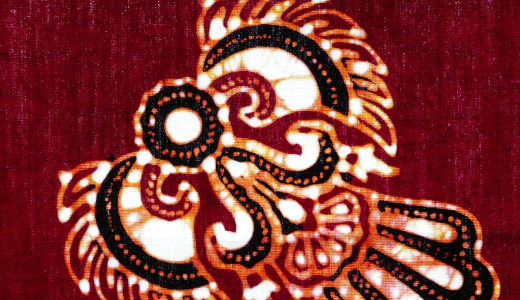




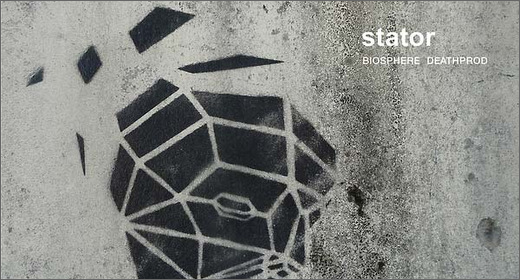



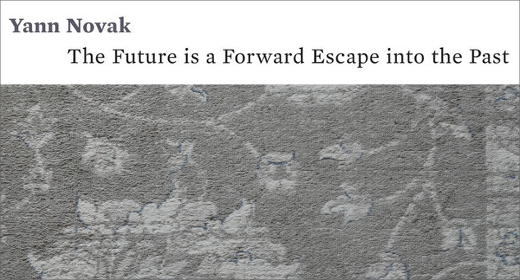
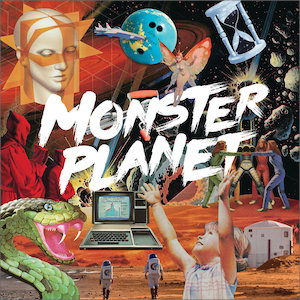






![Allmanna Town :: 1911 EP (Self Released) — [concise]](https://igloomag.com/wp/wp-content/uploads/2025/03/allmannatown-1911_feat2-75x75.jpg)

